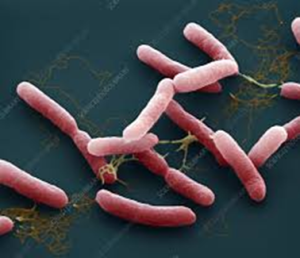Burkholderia is a genus of Pseudomonadota whose pathogenic members include:
- Burkholderia pseudomallei, causative agent of melioidosis; and
- Burkholderia cepacia, an important pathogen of pulmonary infections in people with cystic fibrosis (CF)
Burkholderia cepacia complex is a group of Gram-negative bacteria commonly found in soil and water and are opportunistic pathogens in hospital environments.
B. cepacia poses little risk to healthy people however people with weakened immune systems or chronic lung diseases such as cystic fibrosis are susceptible to infection.
